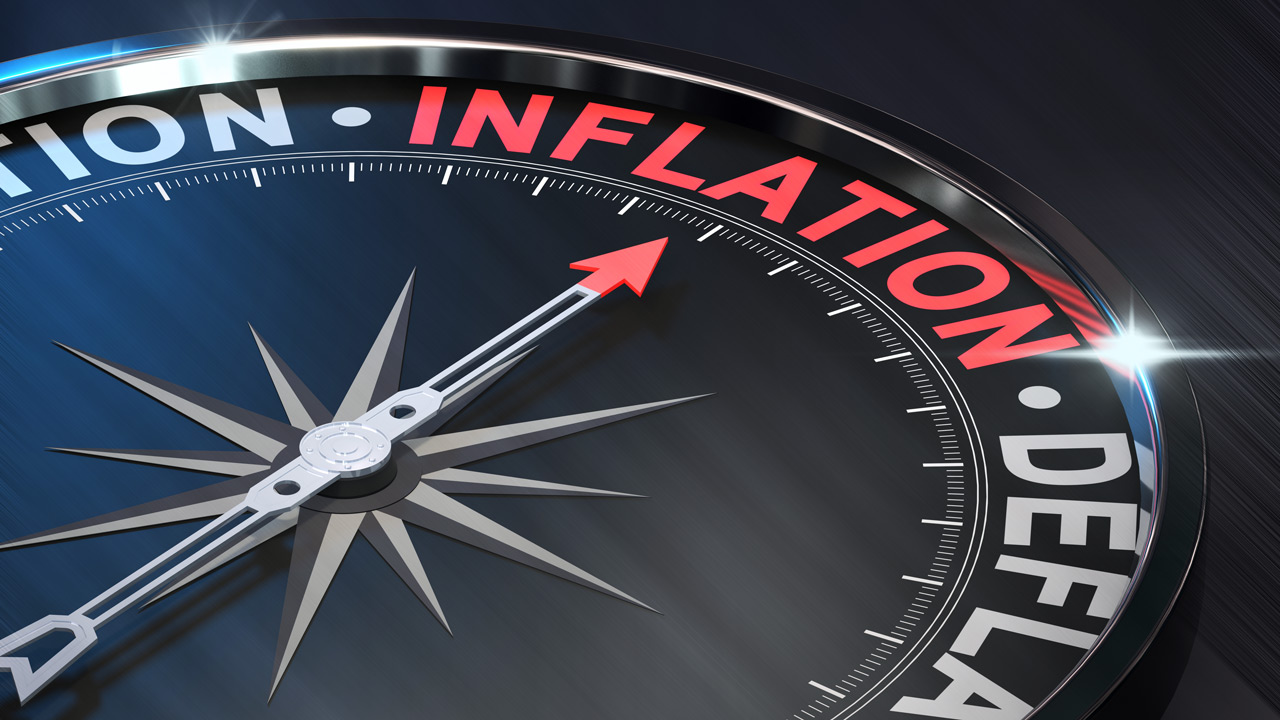The Credit Risks Hiding Behind the Averages (Video)
As we reported last week, consumer debt continues to break records month after month. Americans owe over $4.3 trillion dollars in revolving debt (primarily credit cards), student loans and auto loans. When you factor in mortgages, the number climbs to $13.54 trillion. That figure was $869 billion higher than the previous peak of $12.68 trillion in the third quarter of 2008 (right before the crash) and 21.4% above the post-financial-crisis trough reached in the second quarter of 2013.
But many mainstream analysts downplay this surge in debt. And on the surface, the numbers do seem to indicate the risk isn’t as big as it was prior to the 2008 financial crisis. But as Wolf Richter explains, the averages conceal a different reality.
There are three factors that lead some analysts to minimize the debt issue.
First, the population has grown by about 25 million people since the 2008 crisis. That means this record level of debt is spread across a larger population. Second, the economy and incomes have both grown over the last decade. Third, price inflation devalues the dollar and skews all of the numbers.
So, if you measure consumer debt by percentage of GDP, it has dropped from about 100% of GDP during the run-up to the financial crisis to about 76% of GDP today. And if we look at the debt load per capita, it comes to about $41,000 per person today compared with about $41,800 in 2008. But when you factor inflation, the per capita debt load has actually fallen by 16% since ’08.
So, on average and thrown all into one bucket, consumers have reduced their leverage and this makes the financial system less risky – on average. But those are averages spread across the country with all households thrown into one bucket. Given how income disparity and wealth disparity have surged since 2008, with the top portion of Americans doing exceedingly well and with the lower 40% struggling more than ever, these averages conceal the real risks, disguise real problems and give us a false sense of peace of mind about the American consumer.”
As Wolf Richter points out, it’s always the most vulnerable who get in trouble first – specifically those in the bottom 40% of the earnings scale. They don’t have any savings to cushion even short term problems such as a layoff or extended illness. This has always been the case. But Wolf points out a big difference today.
In the Fed-inspired economy where zero interest rate policy and QE purposefully inflated all asset prices including stocks and housing, asset holders have become immensely rich and those households making income from the assets are getting richer.”
But this isn’t the case for the bottom 40% of households. While the top 20 to 40% have gotten a “fabulous ride” since the Fed started QE and repressed interest rates, the bottom 40% face an entirely different scenario. Household incomes for the bottom 20 to 40% barely ticked up over the past decade to $35,400. The very bottom 20% actually saw their household incomes decline to $13,250.
Those bottom 40% of households are the consumers who are most at risk and the past decade has done nothing for them … Those 50 million households are as much at risk and are as vulnerable as they were before the financial crisis.”
So, the 50 million households at the top average out the 50 million at the bottom and create the illusion at overall everything is fine.
When we talk about consumers being less at risk on average, we’re not seeing the reality that the income and wealth disparities are leaving behind in their tracks.”
We also see a similar problem in the housing market. About a third of homeowners bought recently near the peak of the housing market, or have refinanced their mortgages and have very little equity built up. This third is very vulnerable to a downturn. These households are also averaged out when you look at national aggregates.
Consider that during the housing crisis, only about 10% of mortgages went into default. Many of these mortgages were held by investors who simply walked away when the math no longer worked out.
Today, there are more investors in the housing market than ever, from mom-and-pop entities to big corporate entities. Cheap money and tax advantages have encouraged that.”
We’re already seeing some fraying in the subprime auto market with a record 7 million-plus Americans at least 90 days delinquent on their auto loans. In its last report, the New York Fed said performance in the auto loan sector is “slowly worsening.”
Flows into serious delinquency for credit cards is also on this rise, increasing by 5% in Q4 2018, up from 4.8% in the third quarter.
These risks are just slumbering beneath the rosy averages for now waiting for the day to reemerge.”
Get Peter Schiff’s most important Gold headlines once per week – click here – for a free subscription to his exclusive weekly email updates.
Interested in learning how to buy gold and buy silver?
Call 1-888-GOLD-160 and speak with a Precious Metals Specialist today!





 This weekend, Todd Sachs interviewed Peter on the state of the economy. They discuss the parallels between now and the 2007-2008 housing crisis, the role of economic sentiment in voters’ opinions, and why foreign central banks are losing faith in the dollar.
This weekend, Todd Sachs interviewed Peter on the state of the economy. They discuss the parallels between now and the 2007-2008 housing crisis, the role of economic sentiment in voters’ opinions, and why foreign central banks are losing faith in the dollar. Gold hit a new all-time nominal high, surpassing the previous record set in December of the previous year. The precious metal’s price reached approximately $2,140, indicating a robust and continuing interest in gold as a safe-haven asset, despite a rather peculiar lack of fanfare from the media and retail investors. This latest peak in gold […]
Gold hit a new all-time nominal high, surpassing the previous record set in December of the previous year. The precious metal’s price reached approximately $2,140, indicating a robust and continuing interest in gold as a safe-haven asset, despite a rather peculiar lack of fanfare from the media and retail investors. This latest peak in gold […] Peter released a brief video addressing the looming resurgence of inflation. Ironically, on the back of disappointing inflation numbers, gold witnessed a dip below $2000 on Tuesday due to higher-than-expected CPI data.
Peter released a brief video addressing the looming resurgence of inflation. Ironically, on the back of disappointing inflation numbers, gold witnessed a dip below $2000 on Tuesday due to higher-than-expected CPI data. Gold surged to a new record high of $2135 early Sunday morning before pulling back sharply Monday. In this video, Peter Schiff explains why this is a buying opportunity. After setting the record, gold quickly sold off and consolidated, dropping over $100 back to around $2,020. Some people see the quick selloff as a bearish […]
Gold surged to a new record high of $2135 early Sunday morning before pulling back sharply Monday. In this video, Peter Schiff explains why this is a buying opportunity. After setting the record, gold quickly sold off and consolidated, dropping over $100 back to around $2,020. Some people see the quick selloff as a bearish […] During a recent interview at the 2023 Precious Metals Summit Zurich event, Doom, Boom & Gloom Report publisher Marc Faber says now is the time to buy gold, silver and platinum because inflation is here to stay.
During a recent interview at the 2023 Precious Metals Summit Zurich event, Doom, Boom & Gloom Report publisher Marc Faber says now is the time to buy gold, silver and platinum because inflation is here to stay.